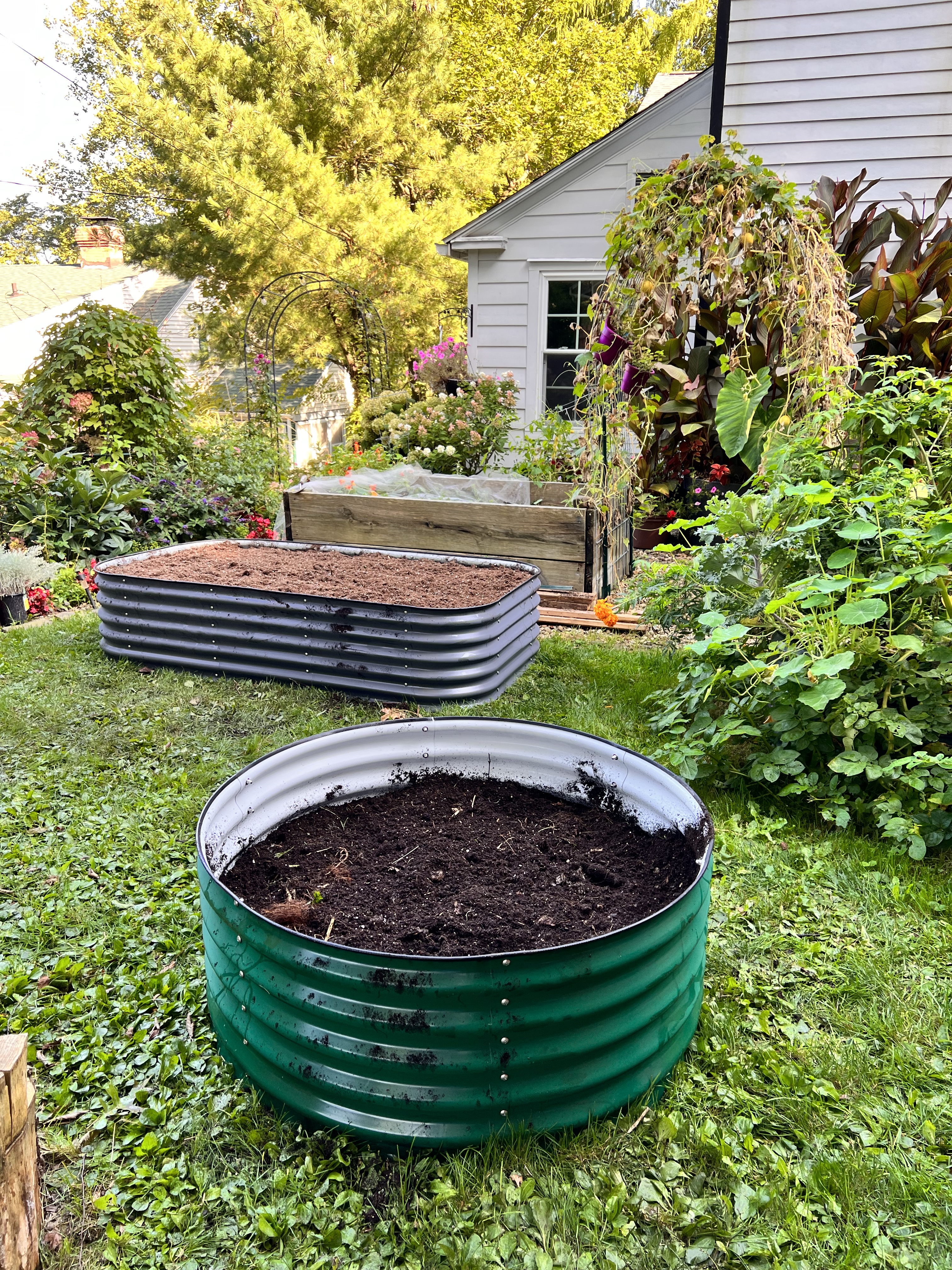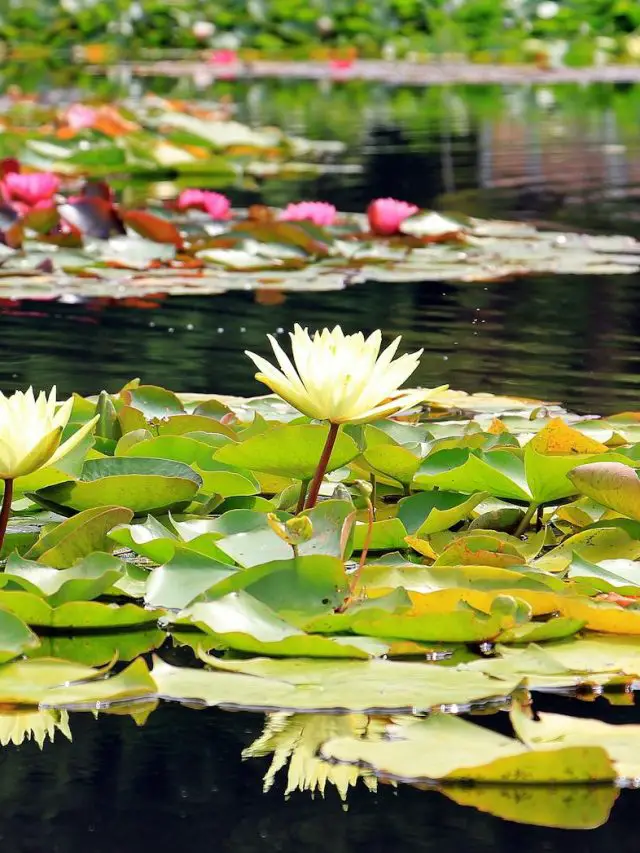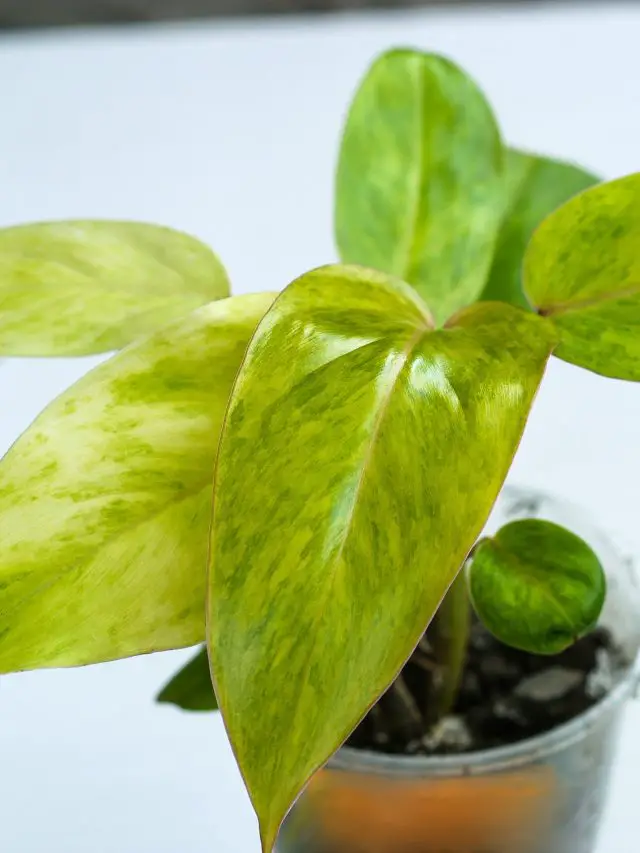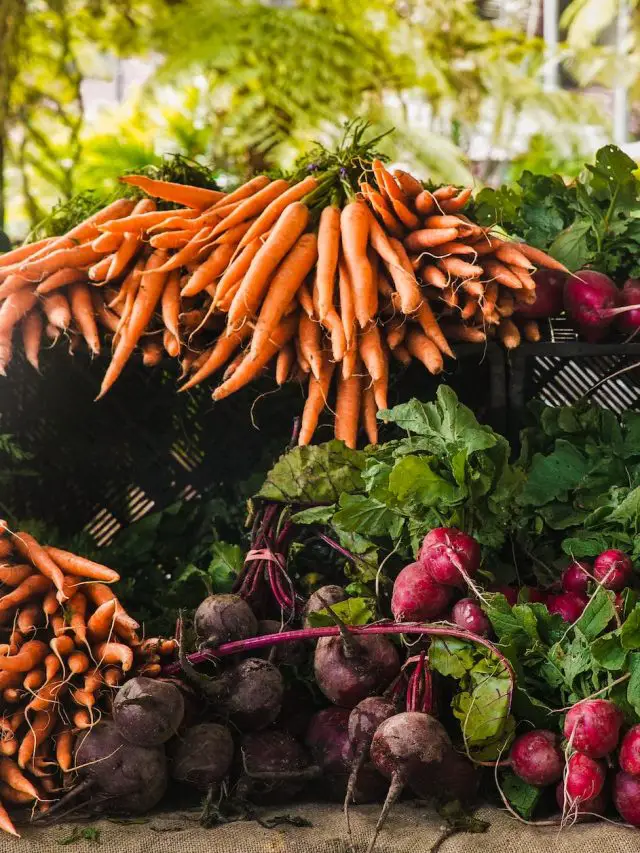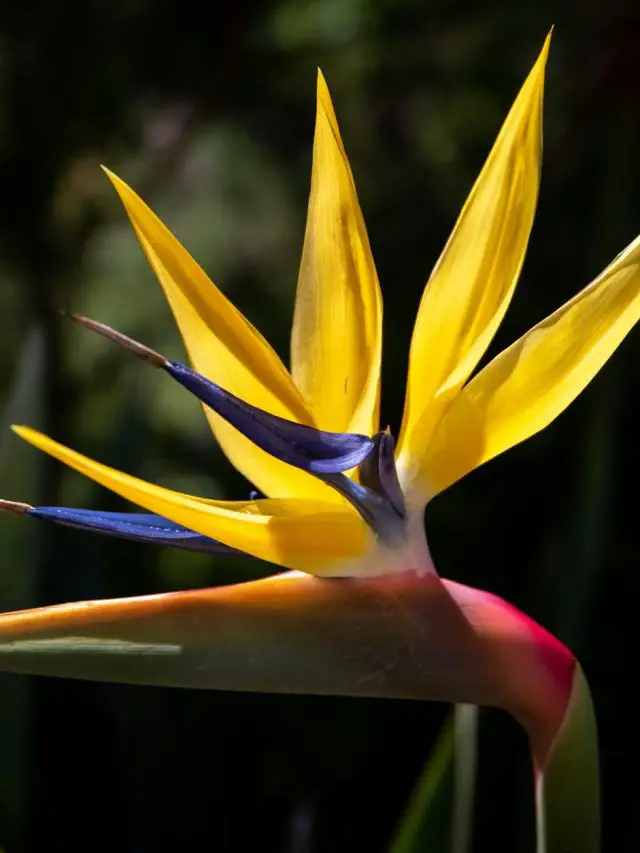Best Fertilizer Guide for Indoor Bird of Paradise Plants

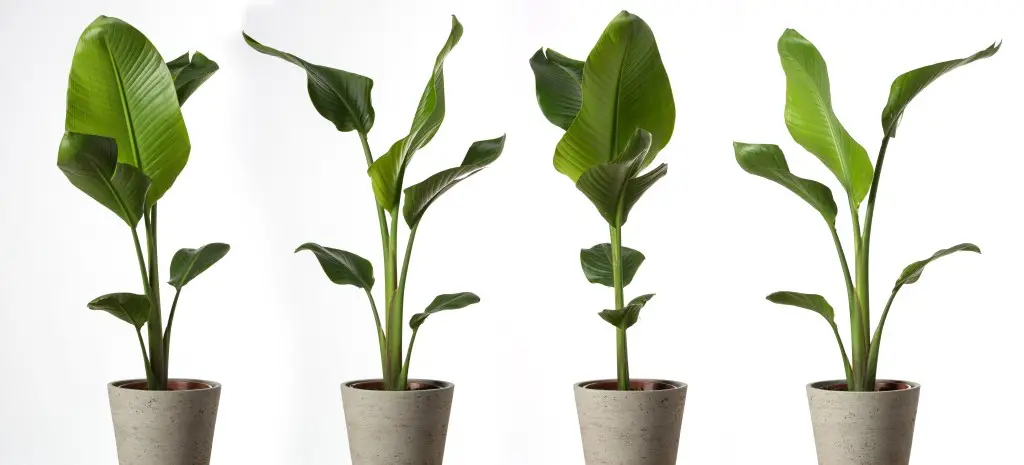
The bird of paradise plant (Strelitzia Reginae) is beautiful, and exotic and is one of many popular indoor plants today! It is known for its striking orange and blue flowers, which resemble a bird in flight and its large leaves similar to banana plants. The BOP is a fast-growing houseplant, reaching heights of 6-10 feet as houseplants but as mature plants in nature can reach heights of 30 feet! Now that’s a giant bird of paradise! To grow your own giant you need to know a few things but what is most important is how to pick the best fertilizer for the Bird of Paradise plant and how to properly use it!
Quick Bird of Paradise Plant Care Tips
The plant is relatively easy to care for and can thrive in a variety of climates. When grown as houseplants they love bright light with some direct sunlight throughout the day. Bops also thrive in a space with high humidity. If your home has humidity lower than 50% please consider placing a humidifier nearby. The Bird of Paradise needs a well-draining soil mix and a pot with a drainage hole in the bottom. Water them when the first two inches of soil are dry. Make sure not to water them too frequently as they can suffer from root rot. If you don’t have enough light in your home you can supplement with a grow light positioned above your plant.
Why Grow a Bird of Paradise plant
- Striking Appearance: Bird of paradise plants are known for their large, banana-shaped leaves and vibrant orange and blue flowers, which resemble a bird in flight. Their tropical appearance adds a touch of exotic flair to any indoor space.
- Easy Care: Bird of Paradise plants are relatively easy to care for, making them a good choice for plant enthusiasts of all levels. They can tolerate a wide range of light conditions, from bright indirect sunlight to low light. They also prefer moist soil but can withstand occasional dryness.
- Low Maintenance: They are also relatively pest- and disease-resistant, making them low-maintenance houseplants.
- Long Lifespan: With proper care, bird of paradise plants can live for many years, making them a rewarding investment for plant lovers.
Bird of paradise plants are beautiful, easy-to-care-for, low-maintenance, and long-lasting houseplants that can add a touch of tropical elegance to your home. Their big wide long leaves are a sight to be hold and you wont regret bringing them into your home.
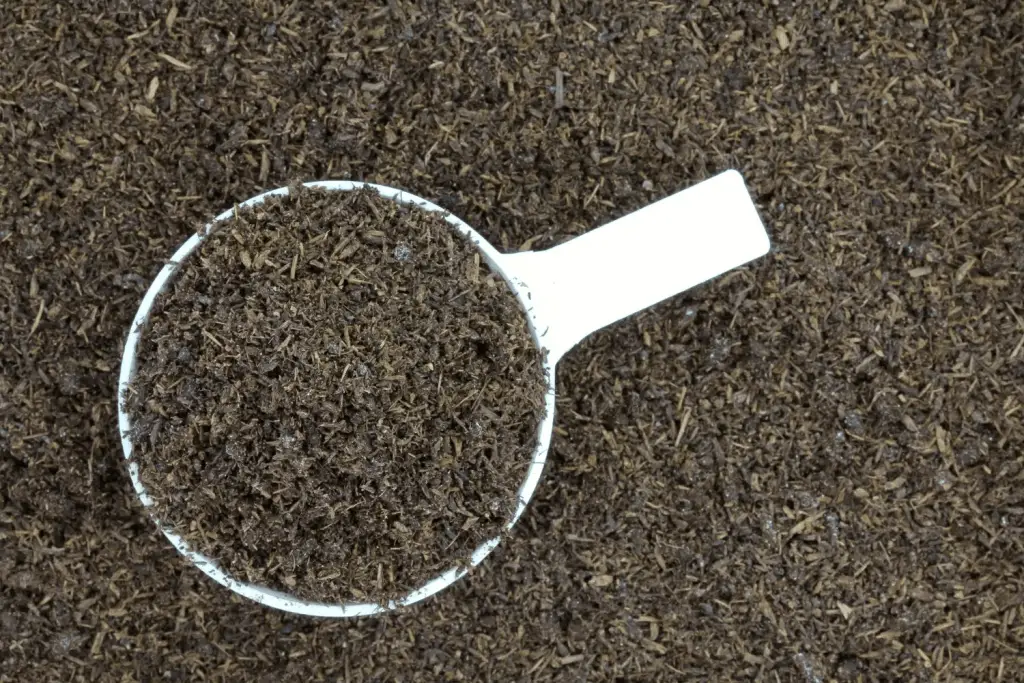
Best Bird of Paradise Fertilizer
When picking the best fertilizer for the Bird of Paradise let’s start with NPK. NPK is a shorthand way of referencing the three macronutrients that plants need most: nitrogen (N), phosphorus (P), and potassium (K). These nutrients are essential for plant growth and development, and they are often added to fertilizers in specific ratios to meet the needs of different plants.
The NPK ratio on a fertilizer label is generally represented as three numbers, such as 10-5-5. This means that the fertilizer contains 10% nitrogen, 5% phosphorus, and 5% potassium. A higher number for a particular nutrient indicates that the fertilizer contains a higher concentration of that nutrient.
Different plants have different nutrient needs, so it is important to choose a fertilizer with an NPK ratio that is right for the type of plant you are growing.
Here is a general guide to NPK ratios for different types of plants:
- Leafy green vegetables: 15-5-5 or 18-5-5
- Flowering plants: 10-20-10 or 12-6-6 ( Your Bird of Paradise is here)
- Fruiting plants: 6-12-12 or 8-16-16
- Lawns: 20-5-5 or 28-0-0
Birds of paradise plants are best fertilized during their active growing season, which is typically from early spring to fall. During this time, the plant is putting on new growth and needs more nutrients to support its development.
Fertilizing schedule for Bird of Paradise plants:
- Early Spring: Start Applying a balanced fertilizer every two weeks.
- Summer: Continue to fertilize every two weeks.
- Fall: Reduce your fertilization to once a month.
- Winter: Do not fertilize your plant as often during the winter months, as it is dormant and does not need as many nutrients. You can apply a weak (diluted) fertilizer during this time.
It is important to avoid over-fertilizing birds of paradise plants, as this can damage the roots and burn the leaves. If you are unsure of how much fertilizer to apply, it is always best to err on the side of caution and apply less fertilizer than you think you need.
Fertilizer Types
Many different types of fertilizers can be used for bird of paradise plants, but some of the best include:
- Balanced, water-soluble fertilizers: These types of fertilizers are easy to apply and give a quick boost of nutrients to your plant. A balanced fertilizer with an NPK ratio of 10-10-10 or 12-12-12 is a good choice for your plant.
- Slow-release fertilizers: These fertilizers release nutrients slowly over time, which can help to prevent over-fertilization. A slow-release fertilizer with an NPK ratio of 18-6-12 or 16-4-8 is a good choice for the bird of paradise plants.
- Organic fertilizers: These fertilizers are made from natural materials, such as compost or manure, and they can help to improve soil health. An organic fertilizer with an NPK ratio of 3-1-2 or 4-2-4 is a very good choice.
The best type of fertilizer for your Bird of Paradise plant will depend on your individual needs and preferences.
Fertilizing Tips!
- Consider the size of your plant: Smaller plants will need less fertilizer than larger plants.
- Consider the time of year: Plants should be fertilized more often during their active growing season, which is typically from spring to fall.
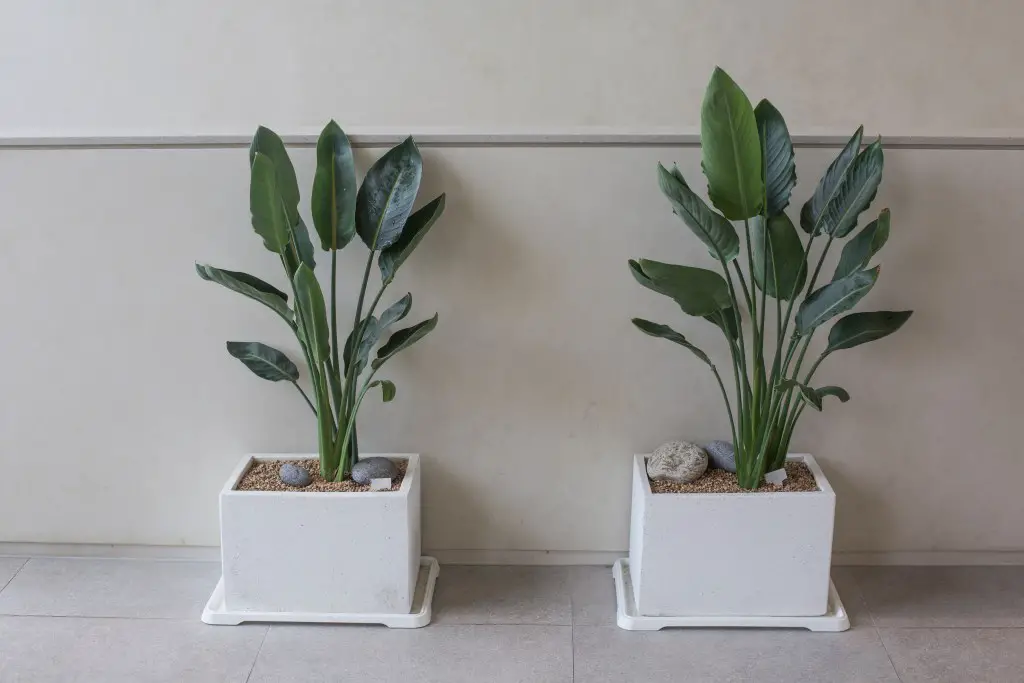
Organic Fertilizers VS Synthetic Fertilizers
Which is better, organic fertilizers or synthetic fertilizers? The answer depends on your specific needs and priorities.
Organic Fertilizers
- Pros:
- Environmentally friendly: Organic fertilizers are made from natural materials and do not contain harmful chemicals.
- Improve soil health: Organic fertilizers help to improve soil structure, water retention, and nutrient availability.
- Promote beneficial microbes: Organic fertilizers encourage the growth of beneficial microorganisms in the soil, which can help to suppress pests and diseases.
- Long-term benefits: Organic fertilizers release nutrients slowly over time, providing long-term benefits for plants.
- Cons:
- Slower results: Organic fertilizers may take longer to show results than synthetic fertilizers.
- More expensive: Organic fertilizers can be more expensive than synthetic fertilizers.
Synthetic Fertilizers
- Pros:
- Quick results: Synthetic fertilizers provide a quick boost of nutrients to plants.
- More affordable: Synthetic fertilizers are generally more affordable than organic fertilizers.
- Easy to apply: Synthetic fertilizers are often available in convenient forms, such as granular or liquid.
- Cons:
- Environmental impact: Synthetic fertilizers can potentially hurt the environment, including water pollution and harm to beneficial soil microorganisms.
- Soil degradation: Overuse of synthetic fertilizers can lead to soil degradation.
- Potential for plant burn: Synthetic fertilizers can burn plants if not applied properly.
- Limited long-term benefits: Synthetic fertilizers release nutrients quickly, but their benefits fade faster than organic fertilizers.
In general, organic fertilizers are a better choice for those who are concerned about the environment and want to promote long-term soil health. Synthetic fertilizers may be a better choice for those who need quick results or are on a tight budget.
Ultimately, the best way to decide which type of fertilizer is right for you is to consider your individual needs and priorities. You may also want to experiment with different types of fertilizers to see what works best for your plants.
Additional Considerations:
- The type of plants you are growing: Some plants may respond better to organic fertilizers, while others may prefer synthetic fertilizers.
- The condition of your soil: If your soil is depleted of nutrients, you may need to use a synthetic fertilizer to provide a quick boost of nutrients.
- Your personal preferences: Some people prefer to use organic fertilizers because they believe they are more environmentally friendly. Others prefer synthetic fertilizers because they are easier to use and provide faster results.
Liquid Fertilizer Vs Granular Fertilizers
Liquid and granular fertilizers are both used to provide plants with essential nutrients, but they have different properties and applications that you need to know about.
Liquid fertilizers are dissolved in water and applied directly to the soil or foliage of plants. They are typically more concentrated than granular fertilizers and are absorbed by plants more quickly. This makes them a good choice for providing a quick boost of nutrients to plants that are stressed or suffering from nutrient deficiencies.
Granular fertilizers are solid pellets that are spread on the soil surface. They release nutrients slowly over time, which makes them a good choice for providing long-term nutrient support to plants. Granular fertilizers are also less likely to burn plants than liquid fertilizers.
Here are the Key differences between liquid and granular fertilizers:
| Feature | Liquid fertilizer | Granular fertilizer |
|---|---|---|
| Form | Liquid | Solid |
| Application | Sprayed or watered onto the soil or foliage | Spread on the soil surface |
| Nutrient release | Quick | Slow |
| Burning risk | Higher | Lower |
| Suitability for stressed or deficient plants | High | Low |
| Suitability for long-term nutrient support | Low | High |
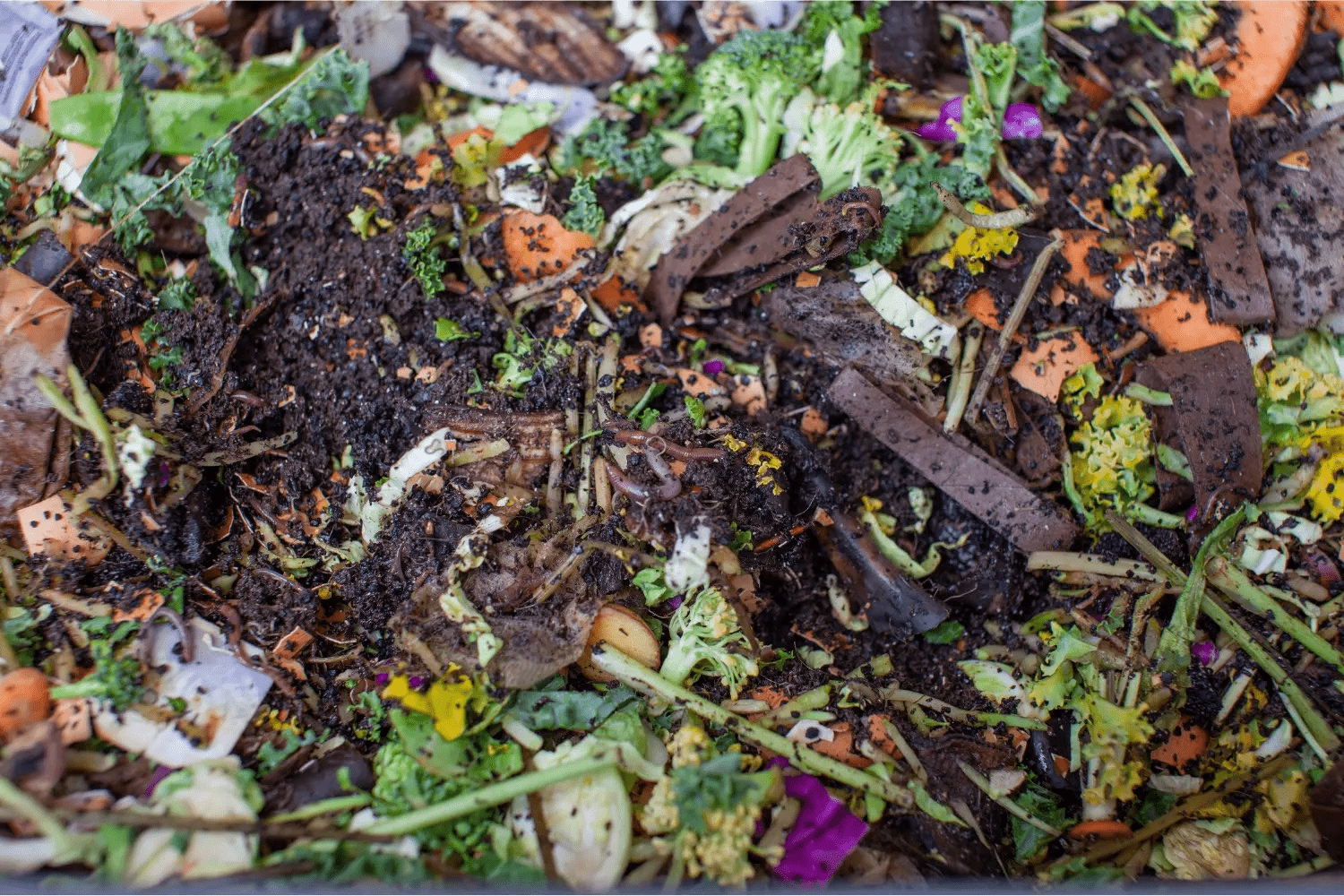
How to make your own fertilizers
If you want to save a little money and make your own fertilizer, try out these recipes below!
Composting
Composting is the process of breaking down organic matter, such as food scraps, yard waste, and manure, into nutrient-rich humus. Humus is a dark, crumbly material that improves soil structure, water retention, and nutrient availability. To make compost, simply pile up your organic matter in a bin or compost tumbler and turn it occasionally to aerate it. The compost will be ready to use in a few months to a year.
Compost tea
Compost tea is made by steeping compost in water. This extracts the beneficial microorganisms and nutrients from the compost and makes them available to plants. To make compost tea, simply add a handful of compost to a bucket of water and let it steep for a few hours. The compost tea can then be applied to plants as a foliar spray or soil drench.
Fish emulsion
Fish emulsion is a liquid fertilizer made from fermented fish. It is a good source of nitrogen and phosphorus, and it can also help to repel pests. To make a fish emulsion, simply add a few fish heads or scraps to a bucket of water and let it ferment in the sun for a few weeks. The fish emulsion can then be diluted with water and applied to plants as a foliar spray or soil drench. Make sure not to use this before you have company over. You’ll thank me later.
Seaweed extract
Seaweed extract is a liquid fertilizer made from seaweed. It is a good source of potassium, iron, and other trace minerals. Seaweed extract can also help to improve plant growth and resistance to pests and diseases. To make seaweed extract, simply soak seaweed in water for a few hours and then strain the liquid. The seaweed extract can then be diluted with water and applied to plants as a foliar spray or soil drench.
Manure tea
Manure tea is made by steeping manure in water. It is a good source of nitrogen, phosphorus, and potassium, and it can also help to improve soil structure and water retention. To make manure tea, simply add a handful of manure to a bucket of water and let it steep for a few hours. The manure tea can then be diluted with water and applied to plants as a foliar spray or soil drench.
Leaf mold
Leaf mold is made from decomposed leaves. It is a good source of humus and can help to improve soil structure, water retention, and nutrient availability. To make leaf mold, simply pile up a bunch of leaves in a shady spot and let them decompose for a year or two. The leaf mold can then be added to the soil or used as mulch.
These are just a few of the many ways to make your own organic fertilizer.
Here are some additional tips for making your own organic fertilizer:
- Use only organic materials: Avoid using synthetic pesticides, herbicides, or fertilizers, as these can contaminate your compost or fertilizer.
- Chop up organic matter into small pieces: This will help the material to decompose more quickly.
- Turn your compost or fertilizer regularly: This will aerate the material and help it to decompose more evenly.
- Be patient: It takes time for organic materials to decompose into fertilizer. Don’t expect to see results overnight.
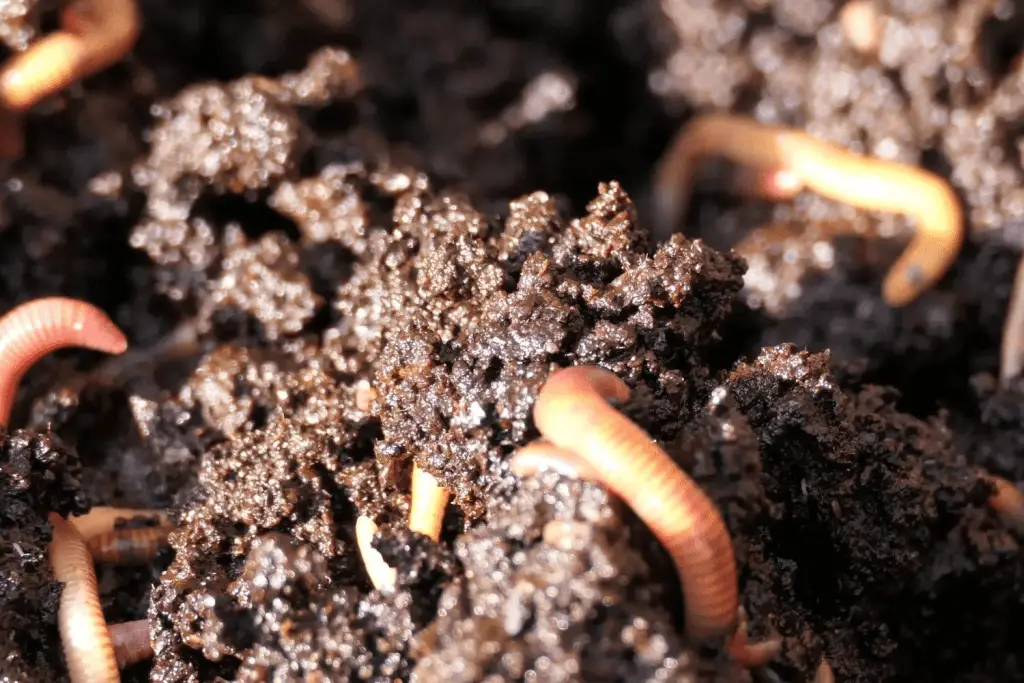
Worm Castings
Making your own organic fertilizer is a great way to save money, reduce your environmental impact, and improve the health of your plants. With a little care and attention, you can easily create your own nutrient-rich fertilizer that will help your plants thrive for years to come.
worm castings are an excellent fertilizer for the bird of paradise houseplants. They are a natural source of nutrients that can help promote healthy growth and blooming. Worm castings are also known to improve soil quality by increasing drainage, aeration, and nutrient availability.
When applying worm castings to your bird of paradise houseplant, mix about one part worm castings with three parts potting mix. You can also top-dress your plant with a layer of worm castings every few months.
Here are some additional benefits of using worm castings for Bird of Paradise houseplants:
- Improve root health: Worm castings contain beneficial microorganisms that can help promote root growth and development.
- Increase nutrient uptake: Worm castings provide a readily available source of nutrients that plants can easily absorb.
- Suppress pests and diseases: Worm castings contain chitinases, which are enzymes that can help suppress pests and diseases.
- Promote beneficial microorganisms: Worm castings are a natural habitat for beneficial microorganisms, which can help to improve overall soil health.
- Reduce soil compaction: Worm castings can help to loosen compacted soil, which improves drainage and aeration.
- Increase water retention: Worm castings can help to improve the water-holding capacity of the soil, which reduces the need for frequent watering.
Overall, worm castings are a highly beneficial fertilizer for Bird of Paradise houseplants. They provide a natural source of nutrients and improve soil quality, which can help to promote healthy growth and blooming. If you are looking for a natural way to fertilize your bird of paradise houseplant, worm castings are a great option.
Here are some additional tips for using worm castings for Bird of Paradise houseplants:
- Choose a high-quality source of worm castings: Look for worm castings that are organic and have been processed to remove any harmful pathogens.
- Apply worm castings regularly: Mix worm castings into the potting mix when you repot your plant and top dress with a layer of worm castings every few months.
- Do not overfertilize: Overfertilization can damage your plant. Follow the instructions on the package for how much worm castings to use.
- Water your plant thoroughly after applying worm castings: This will help the nutrients to soak into the soil.
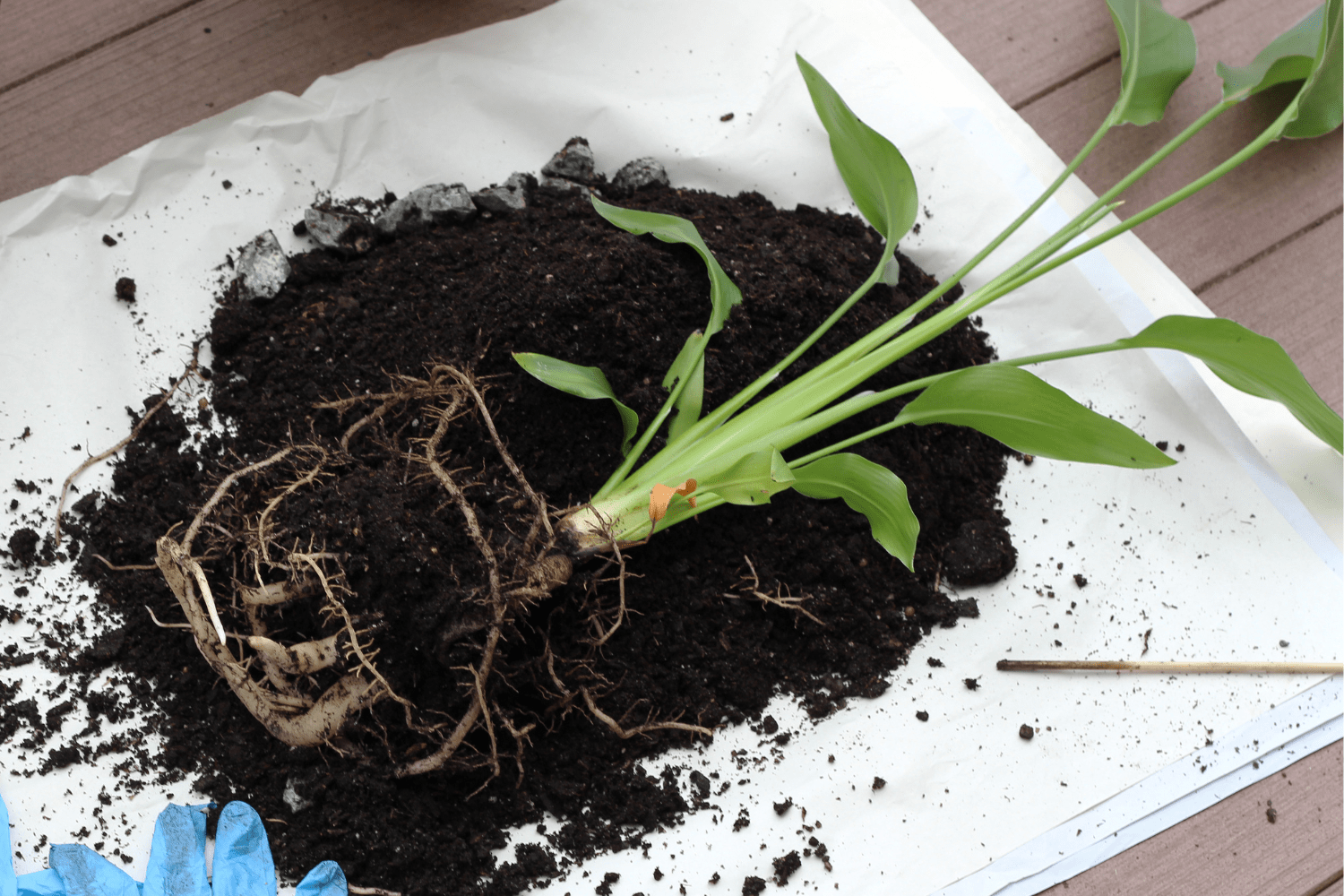
The benefits of growing the Bird of Paradise
Improve air quality: Houseplants may help to remove harmful toxins, such as formaldehyde, benzene, and trichloroethylene, from the air. This can improve indoor air quality and reduce the risk of respiratory problems.
Boost mood and reduce stress: Studies have shown that being around plants can improve mood, reduce stress, and increase feelings of well-being. This is likely because plants release oxygen and absorb carbon dioxide, which can help to regulate blood pressure and heart rate.
Increase productivity: Studies have also shown that being around plants can increase productivity and creativity. This is likely because plants can help to reduce distractions and improve focus.
They beautify your home: Houseplants can add a touch of greenery and color to any room, making it feel more inviting and relaxing.
Provide a sense of accomplishment and satisfaction: Caring for houseplants can provide a sense of accomplishment and satisfaction. There’s no better feeling than seeing a plant thrive that you’ve been caring for.
Promote mindfulness and relaxation: The act of caring for houseplants can be a form of mindfulness, which can help to reduce stress and promote relaxation.
Overall, growing houseplants can have many benefits for your physical and psychological health. They may help to improve air quality, boost mood, reduce stress, increase productivity, enhance the appearance of a room, improve humidity, provide a sense of accomplishment, promote mindfulness, and reduce noise levels. If you are looking for a way to improve your overall well-being, consider adding some houseplants to your home.
Five types of Bird of Paradise you can grow
- Strelitzia Reginae (Bird of Paradise): This is the most common and well-known variety of birds of paradise. It is a large, showy plant with banana-like leaves and vibrant orange and blue flowers that resemble a bird in flight.
- Strelitzia Nicolai (White Bird of Paradise): This variety is similar to the Strelitzia reginae, but it has white flowers with blue edges. It is also a larger plant, growing up to 30 feet tall.
- Strelitzia Juncea (Narrow-Leafed Bird of Paradise): This variety has narrow, sword-like leaves and orange flowers with blue edges. It is a smaller plant than the Strelitzia Reginae, growing up to 10 feet tall.
- Strelitzia Caudata (Mountain Strelitzia): This variety is native to the mountains of South Africa. It has long, slender leaves and orange flowers with blue edges.
Posts you may be interested in!
- The Best Fertilizer for Monstera Deliciosa
- The Best Pot for your Fiddle Leaf Fig
- Easy ZZ Plant Soil Mix Recipe
- 20 Houseplants with Variegated Leaves
Each variety of bird of paradise plant has its own unique beauty and can add a touch of exotic flair to any home. When choosing a variety of bird of paradise plants to grow, consider the amount of space you have available, the amount of sunlight your home receives, and your personal preferences.
You have now learned how to choose the best fertilizer for the Bird of Paradise and a little bit more. Are you ready to grow a happy healthy plant?
Happy Gardening!



